Top 10 Digital Marketing Trends You Can’t Ignore in 2025
In a world where digital changes faster than you can say “algorithm update,” staying updated on trends isn’t just smart—it’s survival. The way we communicate, shop, and even think is constantly being reshaped by technology. As we step into 2025, marketers must be prepared for a landscape where AI, personalization, and immersive experiences are no longer optional—they’re essential.
Whether you’re a small business owner, startup founder, content creator, or marketer, this blog will guide you through the top 10 digital marketing trends shaping the future.
What is Digital Marketing in 2025?
Digital marketing today goes far beyond social media posts or email campaigns. It includes a blend of AI-driven insights, automated tools, voice-enabled technologies, and sustainable practices. Imagine it like an intelligent assistant that works 24/7—predicting customer behavior, personalizing messages, and optimizing campaigns in real time. That’s the 2025 version of digital marketing.
Why These Trends Matter?
With more than 60% of global internet users expecting hyper-personalized experiences and over 80% of consumers researching online before buying, marketers need to evolve. Trends are no longer just “nice to have”; they determine whether your brand is visible, relevant, and trusted.
Stats to Consider:
- 91% of companies using AI-powered tools report faster and more effective campaigns.
- Short-form video content increases engagement by up to 2.5x.
- Voice search now accounts for 27% of global online queries.
Top 10 Digital Marketing Trends for 2025
1. AI-Powered Content Creation
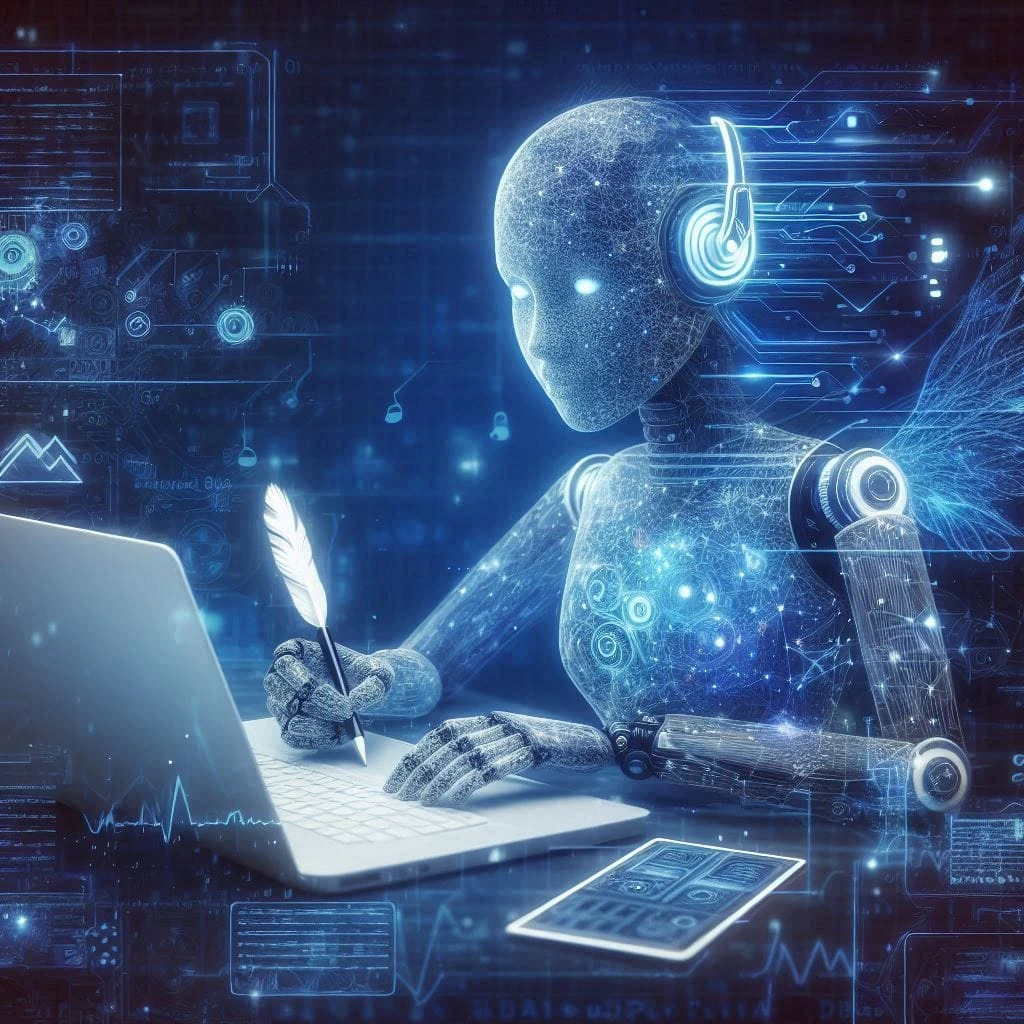
AI tools like ChatGPT, Jasper, and Copy.ai are revolutionizing how content is produced. Need a blog post, ad copy, or even a catchy slogan? AI can create it in seconds, letting marketers focus on strategy.
Example: A fitness brand used AI to generate weekly newsletters and saw a 40% increase in open rates.
Think AI is just hype? Think again.
From ChatGPT helping you write high-converting emails to Mid Journey designing social graphics, AI tools are now essential. In 2025, marketers are using AI to:
- Automate repetitive tasks (emails, reporting, social posting).
- Generate content outlines and copy faster.
- Personalize user experiences using real-time data.
Real-World Example: Brands like Sephora use AI chatbots to offer product recommendations based on skin tone, preferences, and buying behavior.
Actionable Tip: Try free tools like ChatGPT or Jasper for writing and Canva AI for design. Start with simple tasks, then expand.
2. Voice Search Optimization
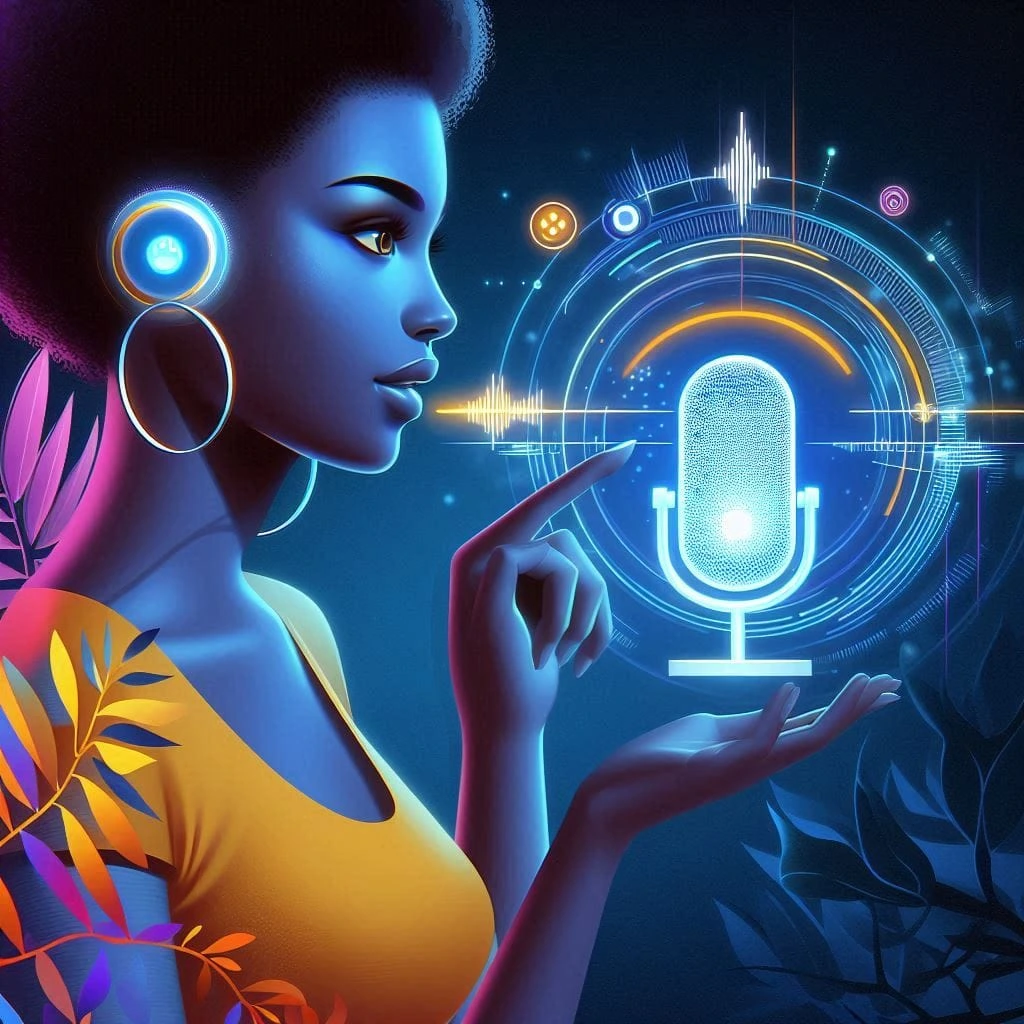
People are increasingly using voice assistants like Siri, Alexa, and Google Assistant. This means content must be conversational and answer direct questions.
Tip: Use FAQs, schema markup, and local keywords.
“Hey Siri, best pizza near me?”
Voice searches are becoming more natural and question-based. That’s why your content should be optimized for how people talk, not just how they type.
Optimize For:
- Long-tail keywords
- FAQ-style content
- Local SEO (“near me” and mobile-friendly)
Actionable Tip: Add a Q&A section to your blog posts or service pages.
3. Short-Form Video Marketing
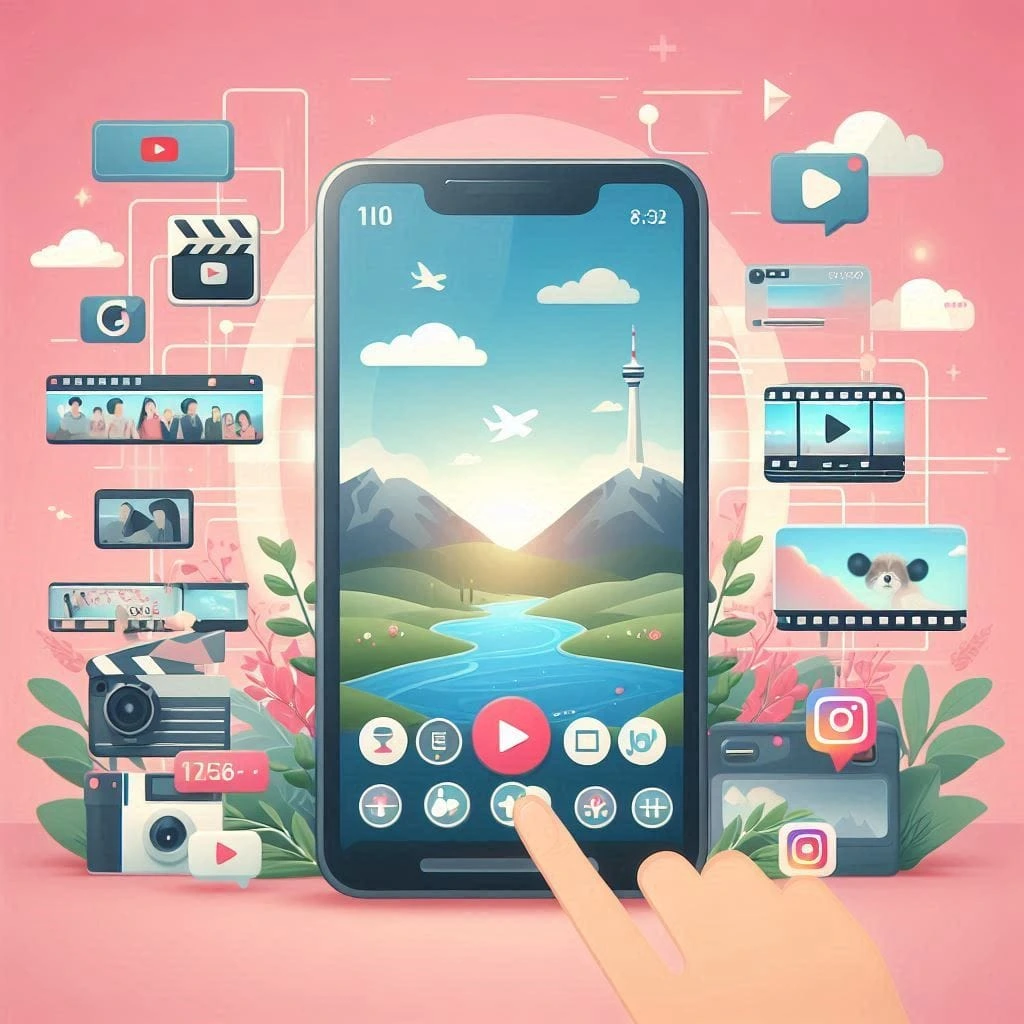
TikTok, Instagram Reels, and YouTube Shorts dominate attention spans. Brands that master this format see higher engagement and shareability.
Case Study: A skincare startup gained 1M views with a 15-second tutorial.
If content is king, video is the emperor.
Short-form platforms like TikTok, YouTube Shorts, and Instagram Reels are where attention lives in 2025.
Video Ideas That Work:
- Product explainers
- Customer testimonials
- Tips & tricks (educational)
- Challenges or trends
Fun Fact: According to Wyzowl, 91% of businesses now use video marketing — and most say it’s their highest ROI content format.
4. Hyper-Personalized Marketing
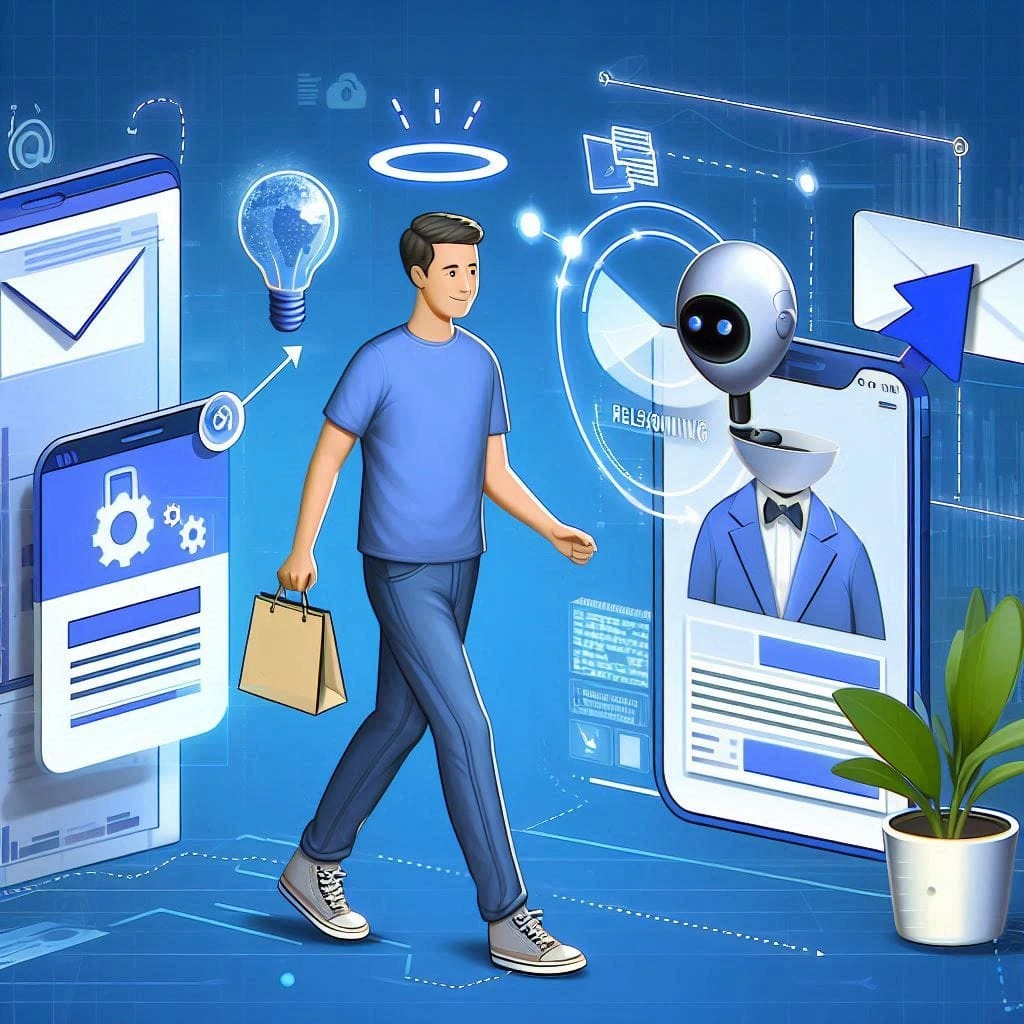
Using AI and user data, marketers can tailor messages down to the individual. This goes beyond first names in emails—think custom product suggestions, dynamic landing pages, and real-time offers.
Generic emails are dead. Today, users expect brands to remember their behavior, interests, and even timing preferences.
How to Hyper-Personalize:
- Segment your audience by behavior, not just demographics.
- Use dynamic content in emails and landing pages.
- Recommend products based on browsing or purchase history.
Tools to Try: HubSpot, MoEngage, or Klaviyo.
5. AI-Driven Customer Journey Mapping
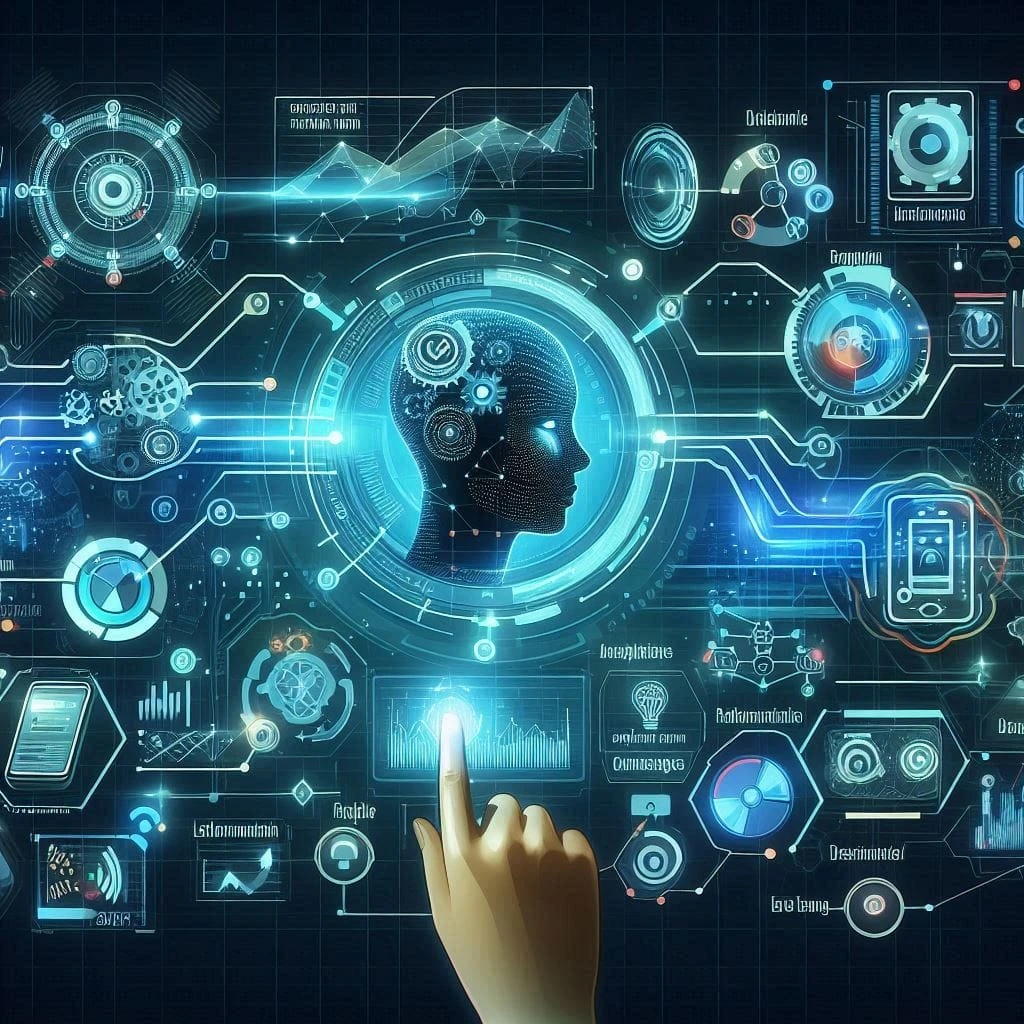
AI tools now visualize and optimize every touchpoint—from discovery to purchase. This allows marketers to improve UX and reduce churn.
Tool Suggestion: HubSpot, Salesforce, Zoho CRM with AI modules.
6. Predictive Analytics in Marketing
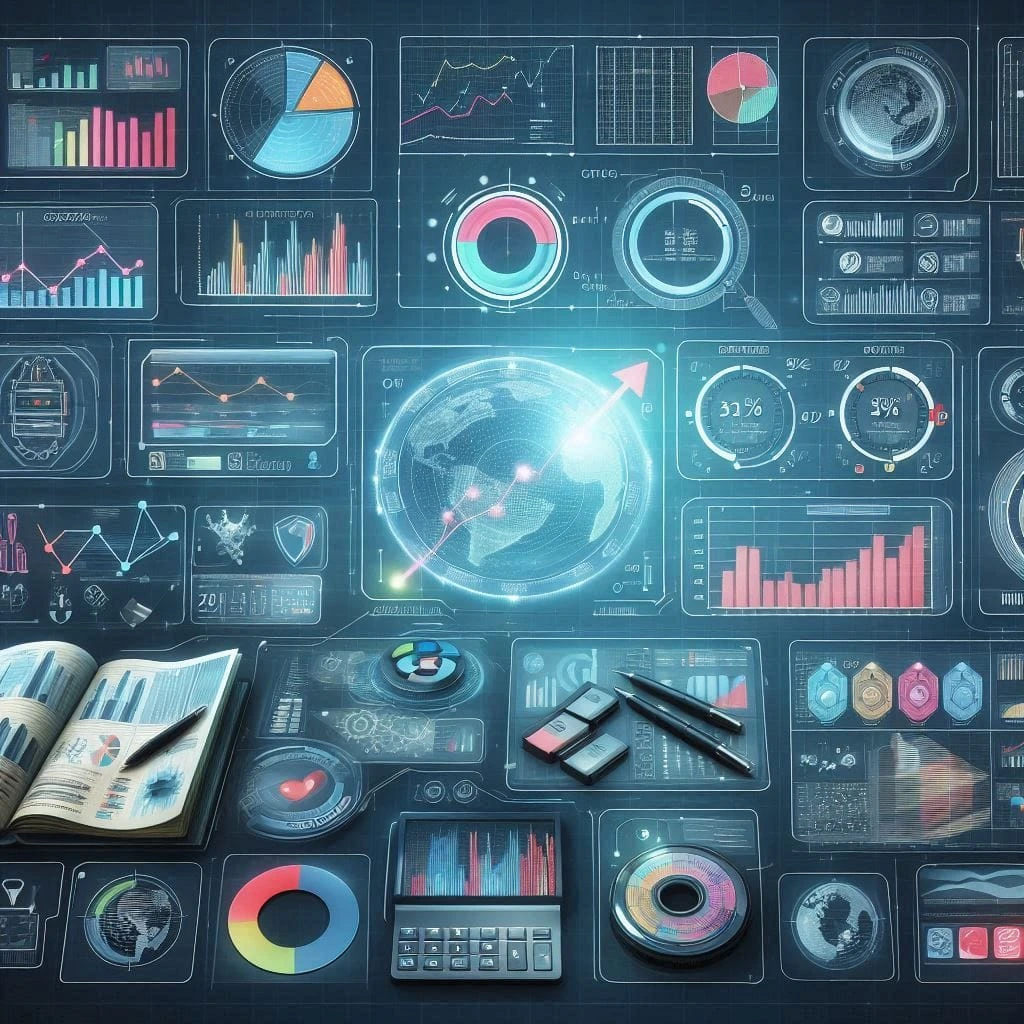
Forecasting customer behavior helps create proactive campaigns. Predictive models can identify high-value leads or anticipate product demand.
Benefit: Saves time and increases ROI by targeting the right audience.
7. Augmented Reality (AR) Marketing
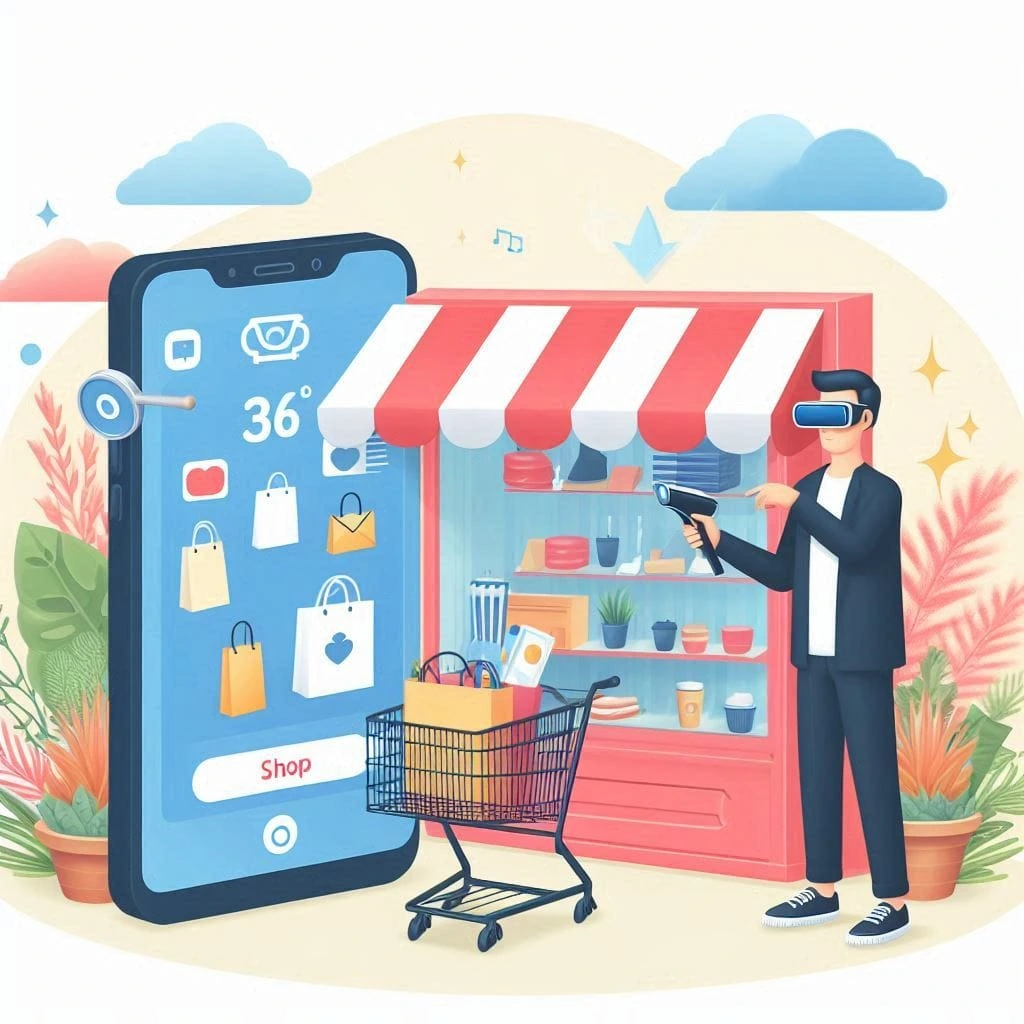
AR lets customers try products virtually—from furniture to makeup.
Example: The IKEA Place app lets users see how furniture fits their space.
8. Sustainable Digital Marketing
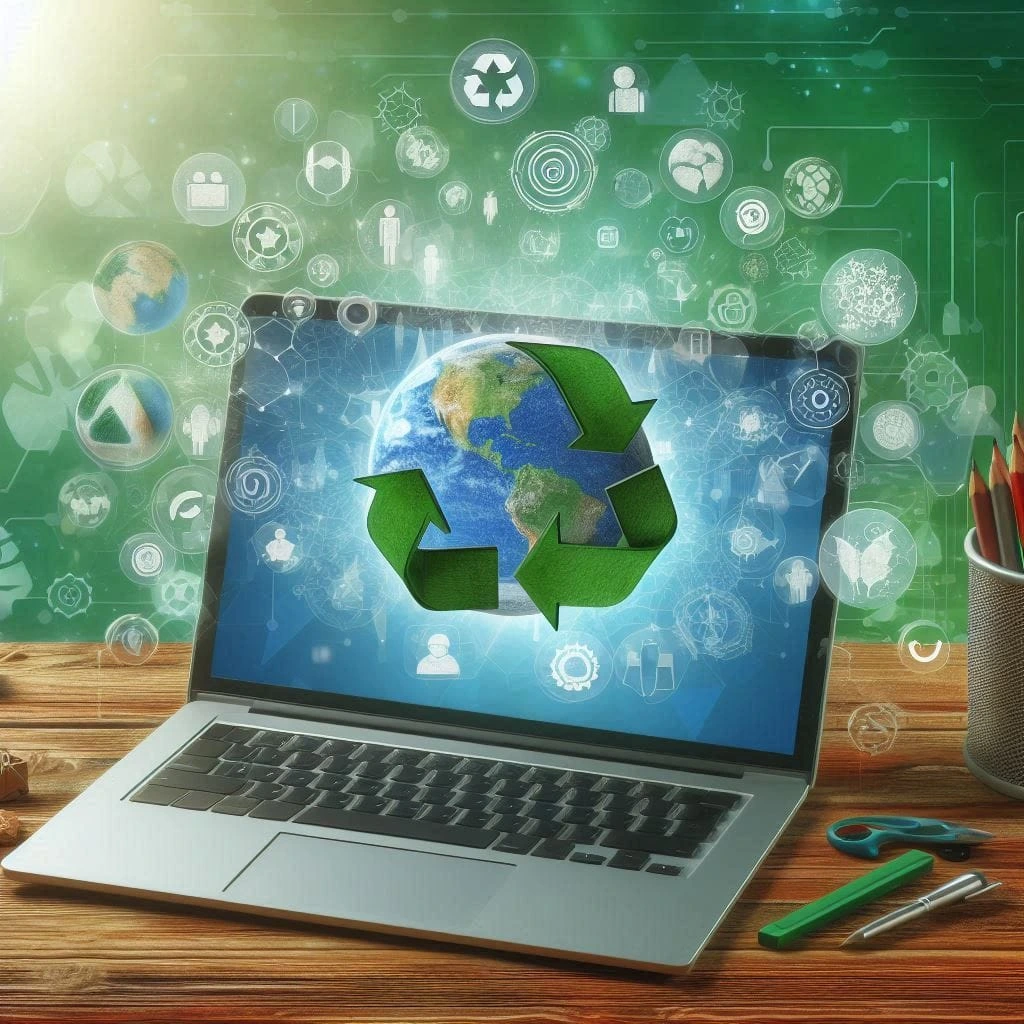
Eco-conscious branding is on the rise. Consumers support brands that reduce digital waste and promote sustainability.
Tips: Use green hosting, limit unnecessary data collection, and go paperless.
Today’s consumers care.
Especially Gen Z, who want brands that align with their values. In 2025, marketing without purpose is marketing that gets ignored.
How to Build Ethical Marketing:
- Share your sustainability practices.
- Promote inclusivity in content and visuals.
- Be transparent about pricing, sourcing, and business values.
Stats Don’t Lie: 81% of consumers say they prefer to buy from sustainable brands (Source: IBM).
9. Social Commerce Trends 2025
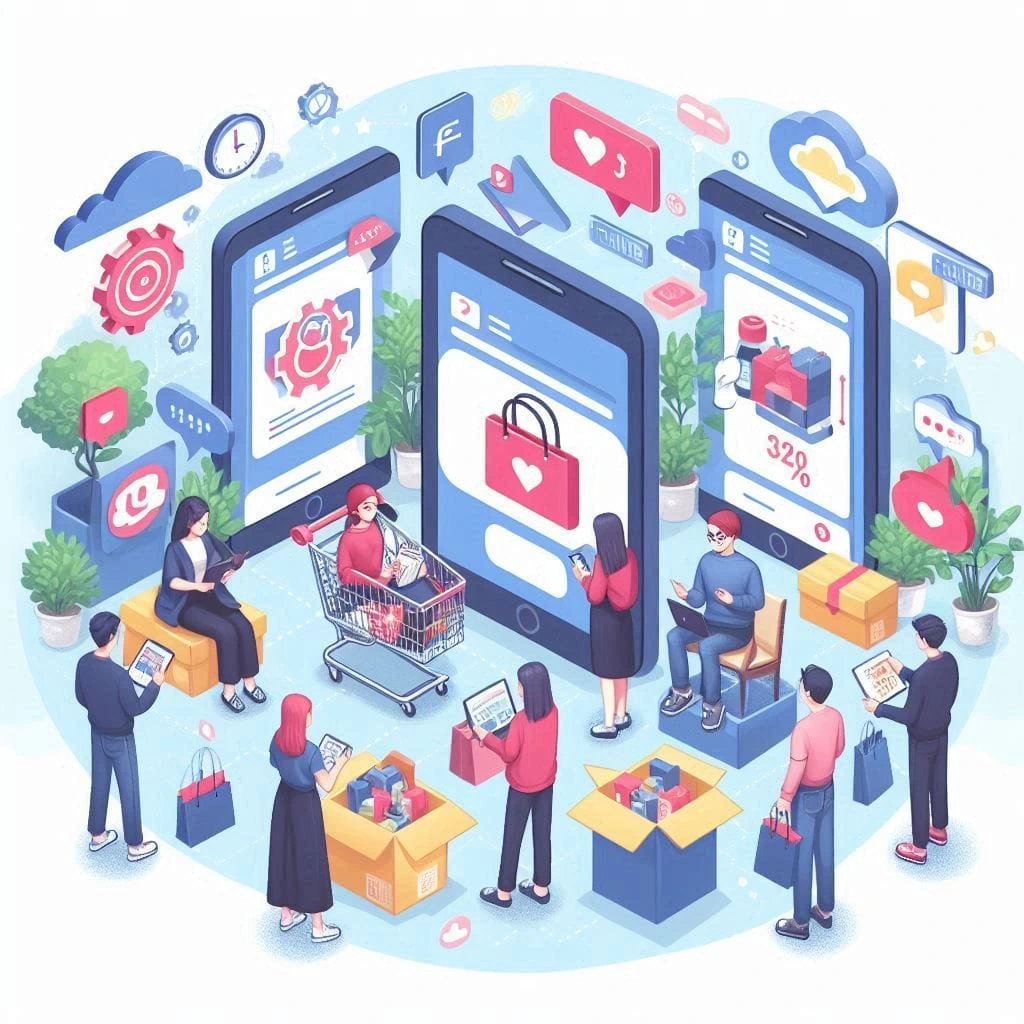
People don’t just scroll through social media anymore—they shop directly from it. Live shopping events and in-app purchases are booming.
Platforms: TikTok Shop, Instagram Checkout, Pinterest Shopping.
People no longer leave apps to shop. Instagram Shops, TikTok Shop, and WhatsApp Catalogs have made social platforms the new storefronts.
Optimize for Social Commerce:
- Tag products in your posts.
- Enable checkout on Instagram or Facebook.
- Showcase reviews and testimonials in Stories.
10. AI-Enhanced Marketing Automation
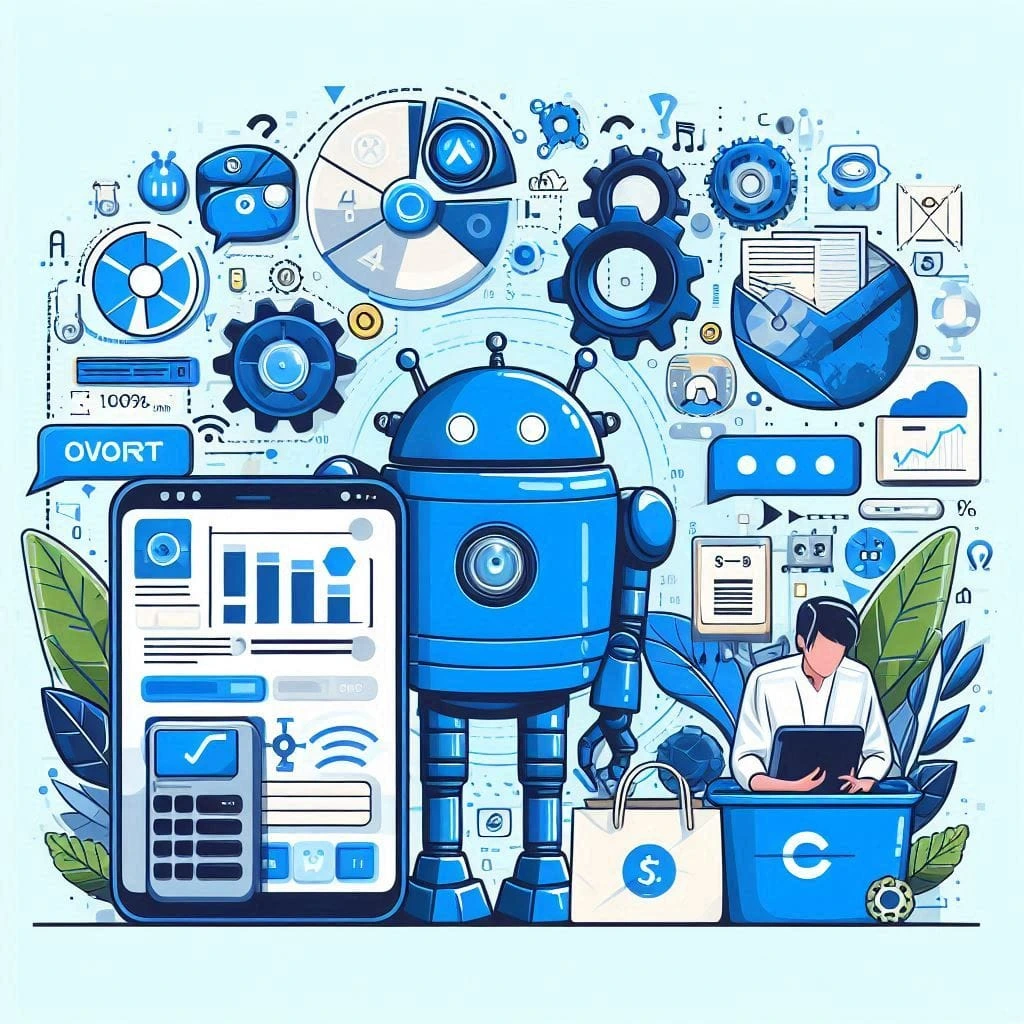
Set up drip campaigns, retargeting ads, or chatbots—then let AI do the work. It’s like hiring a tireless marketing assistant.
Best for: Small businesses looking to scale quickly with limited resources.
How to Apply These Trends to Your Business?
For Small Businesses:
- Start with AI-powered email personalization.
- Use free tools like Canva for video marketing.
- Focus on voice commerce optimization to improve reach.
For Startups:
- Combine predictive analytics with social media strategies.
- Create zero-click content for better Google visibility.
For Content Creators:
- Embrace interactive content experiences like polls and quizzes.
- Optimize for visual search using platforms like Pinterest.
Final Thoughts: Stay Ahead or Fall Behind
2025 will be the year of smarter, faster, and more ethical marketing. The tools are powerful, but how you use them determines your success. Start small, experiment often, and never stop learning.
Let’s Talk
Which trend do you find most exciting? Have you already tried any of them?
Leave a comment, share this post, or subscribe to our newsletter for more hands-on tips and strategies. Let’s grow together in this AI-powered digital age.